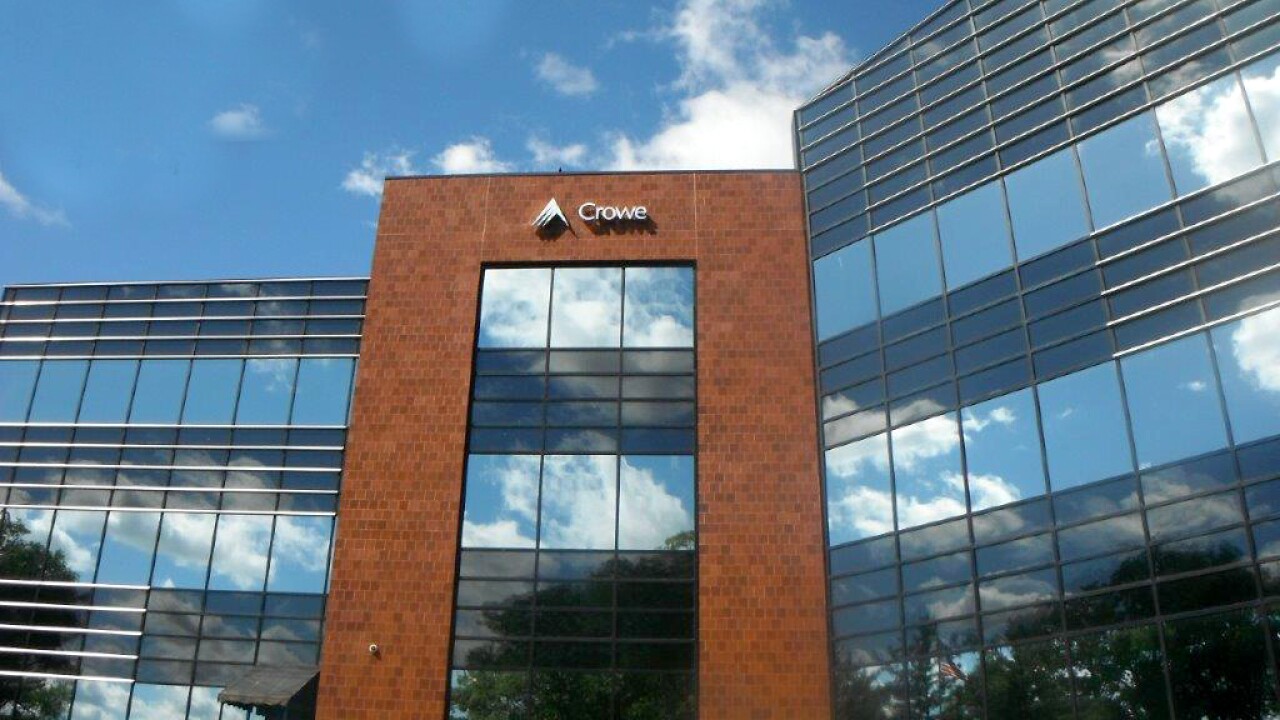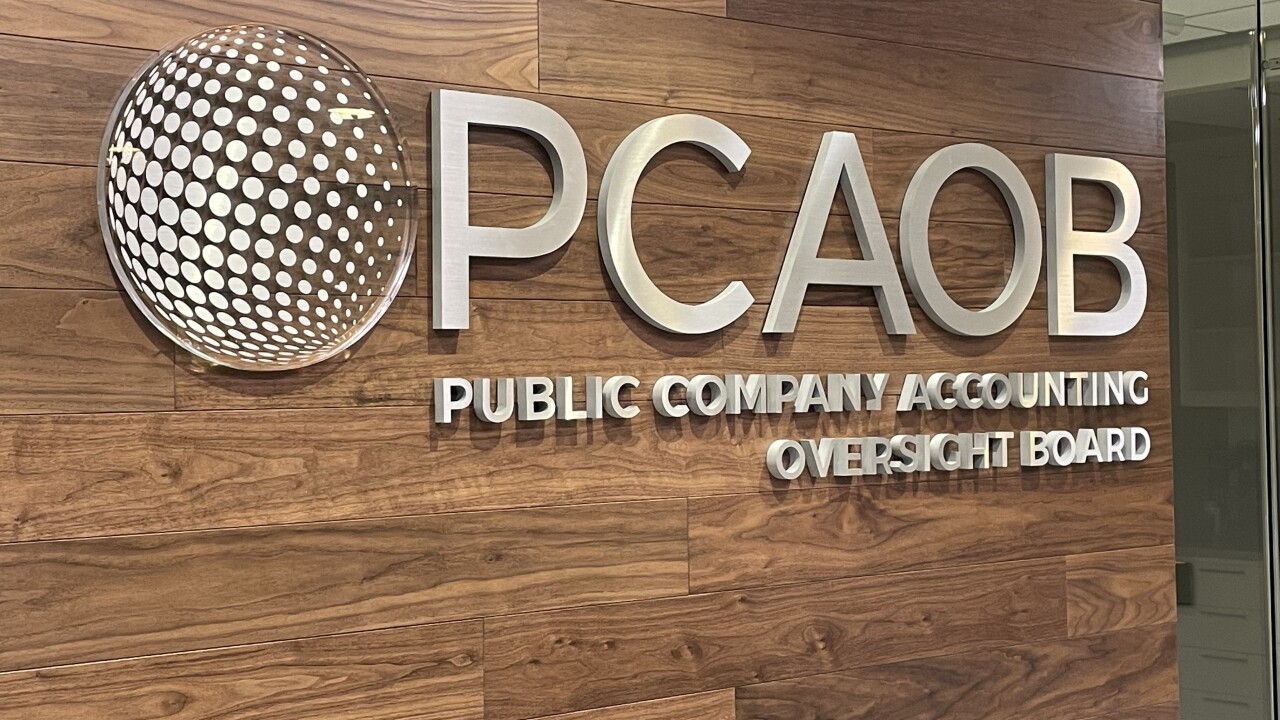The House Ways and Means Oversight Subcommittee held a hearing Wednesday to examine the causes for the widespread noncompliance found in a recent audit of tax-exempt colleges and universities by the Internal Revenue Service.
The IRS released a
“The IRS found almost universal noncompliance by some of the most sophisticated organizations in the tax-exempt sector,” said subcommittee chairman Charles Boustany, Jr., R-La., in his opening statement. “Noncompliance included widespread calculation errors and misreporting. Ninety percent of the 34 institutions had their UBIT [unrelated business income tax] calculations adjusted upward for a total increase of around $90 million. The adjustments came from misreporting income from activities like facility rentals, fitness center operation, and golf courses, as well as the improper classification of loss generating activities as trade or businesses to offset for-profit income. While the UBIT rules, like many tax rules, may involve some uncertainty, these findings may suggest deeper problems with the classification of for-profit activities by colleges and universities.”
The report also found that many institutions were unreasonably compensating top officials, he noted. Wage adjustments totaled approximately $36 million, with over $7 million in corresponding taxes and penalties.
Boustany acknowledged that over the last two decades, tax-exempt organizations have grown increasingly complex in their organizational structures and operations. “This has made it more difficult for the IRS to conduct oversight of the sector,” he said. “Lending to this complexity is the prevalence of profit-generating arms and investment activities within the tax-exempt organizations that may be subject to the unrelated business income tax.”
He pointed out that while colleges and universities represent only 0.5 percent of the tax-exempt sector, they generate more than 11 percent of the revenue of charitable organizations, for a total nearly $160 billion in annual revenue. In addition, they hold over $150 billion in assets, or more than 21 percent of the entire charitable sector’s assets.
Given the significance of colleges and universities to the tax-exempt sector and the compliance difficulties that can be associated such a large concentration of assets and revenue, the IRS launched the Colleges and Universities Compliance Project to review compliance in this area, he noted. The project began in 2008, with the IRS sending questionnaires to 400 randomly selected colleges and universities. The IRS then selected 34 of the 400 institutions for further examination based on questionnaire responses and Form 990 reporting that suggested possible noncompliance. The IRS’s examinations focused on underreporting of UBIT, executive compensation and employment taxes.
Rep. John Lewis, D-Ga., acknowledged that colleges and universities play an important role in society, educating young people and create a workforce for the future. “I understand that many colleges are large and complex organizations,” he said in his opening statement. “They have sports programs that enrich their student body and raise revenue for the university. Many engage in activities, such as advertising and operating golf courses, that may generate income subject to federal tax. The range of their activities is diverse. I commend the Internal Revenue Service for taking a closer look at these organizations. Projects like this are positive for both the agency and the universities. They are a useful tool for educating each other. As we move toward tax reform, it is important that we all understand how colleges and universities operate and comply with the federal tax laws. The agency’s report helps us begin this process.”
Lois Lerner, director of the IRS’s Exempt Organizations Division, cautioned in her prepared testimony that the IRS’s questionnaire was sent to a random sample of colleges and universities, schools were selected for examination according to risk-based criteria. “Thus, no conclusions should be drawn about other colleges and universities or the sector as a whole based on our examination results,” she said. She also pointed out that Section 6103 of the Tax Code generally prohibits disclosure of taxpayer information, so the report did not discuss specific colleges or universities.
She noted that the IRS looked at employment tax returns at about a third of the colleges and universities that were examined. “The completed exams resulted in adjustments in wages and led to the assessment of tax and, in some cases, penalties,” she said. “The IRS looked at retirement plan reporting at approximately a quarter of the colleges and universities examined. In many cases, these examinations have resulted in increases in wages and the assessment of taxes and penalties.
In terms of the next steps, the IRS plans to look at unrelated business income reporting more broadly at tax-exempt organizations. “In addition, IRS plans to ensure that tax-exempt organizations are aware of the importance of using appropriate comparability data when setting compensation,” said Lerner.





